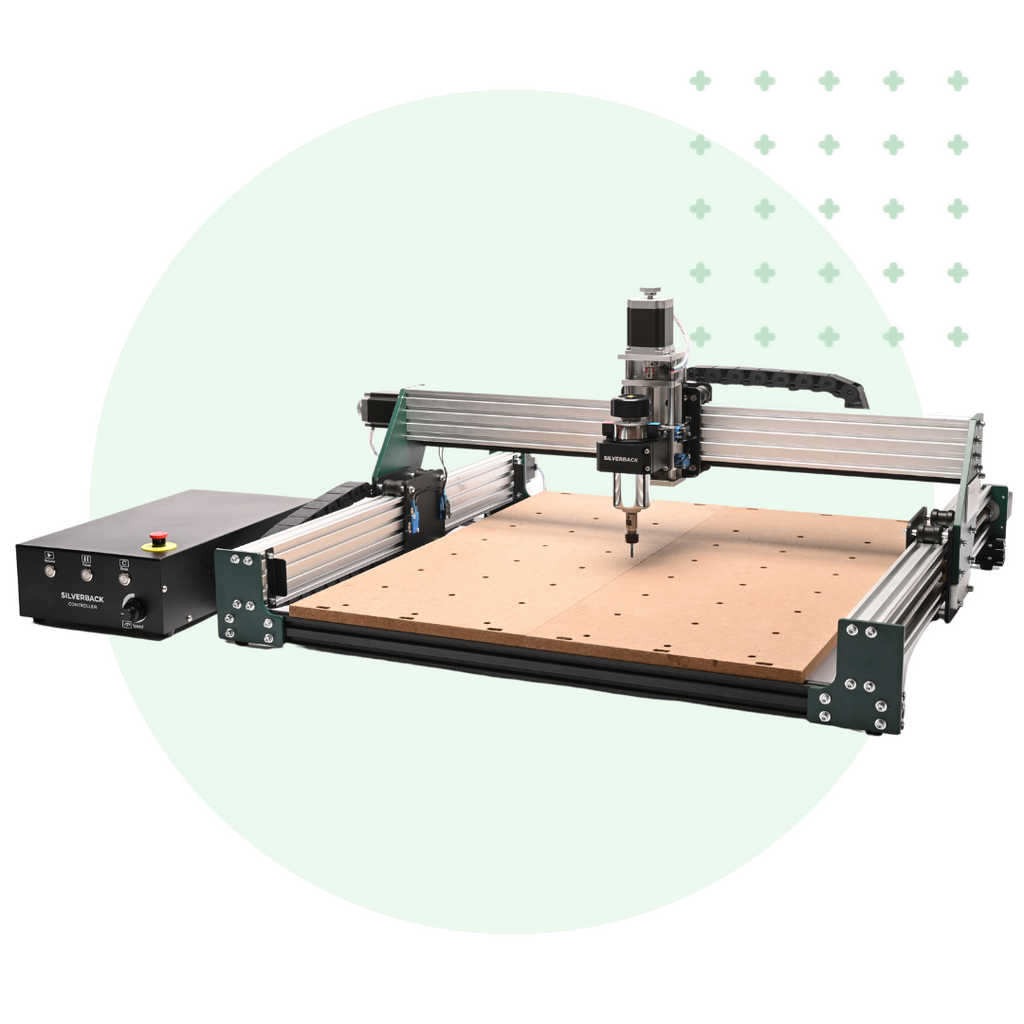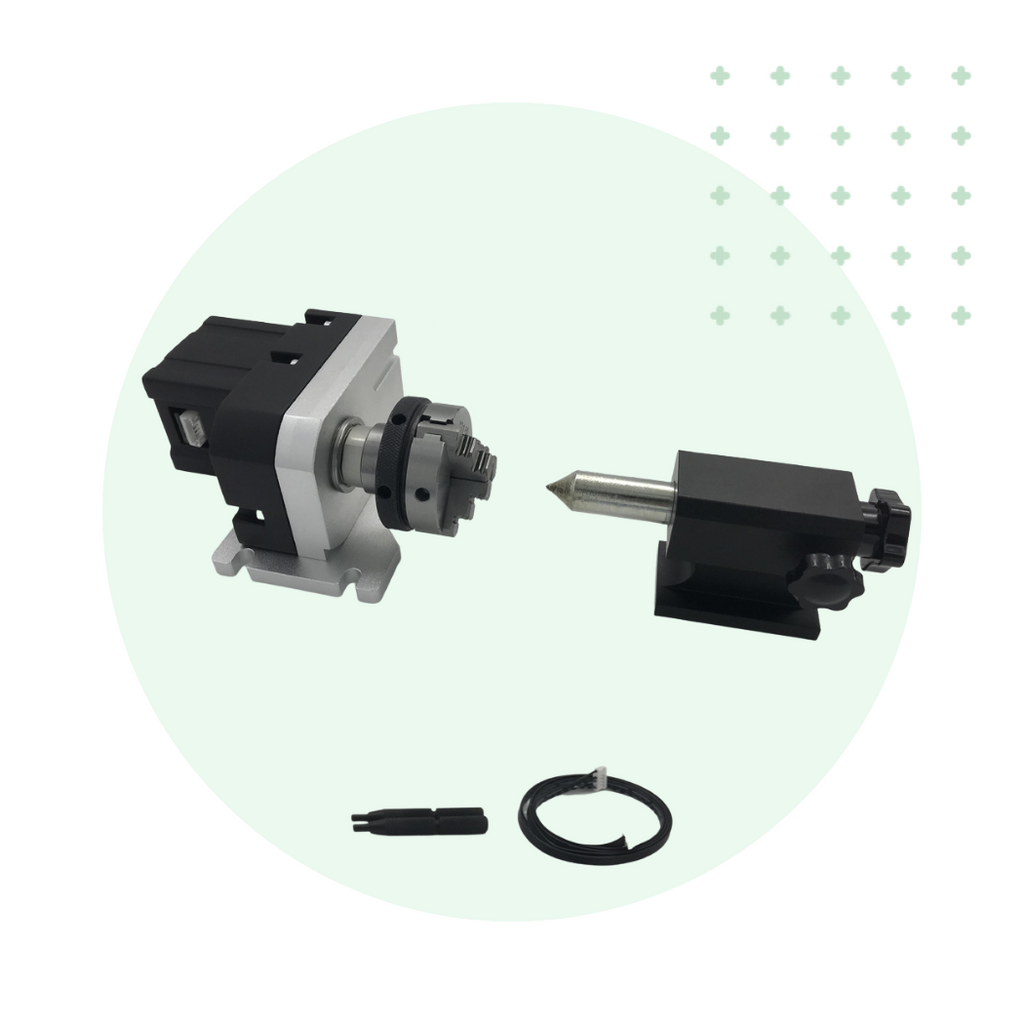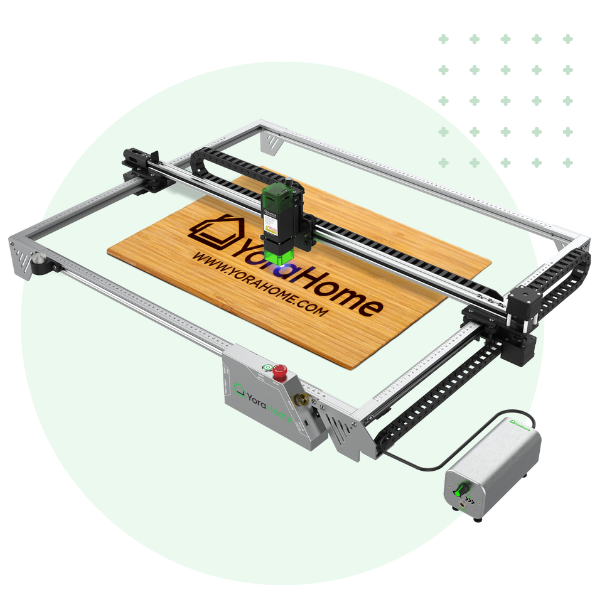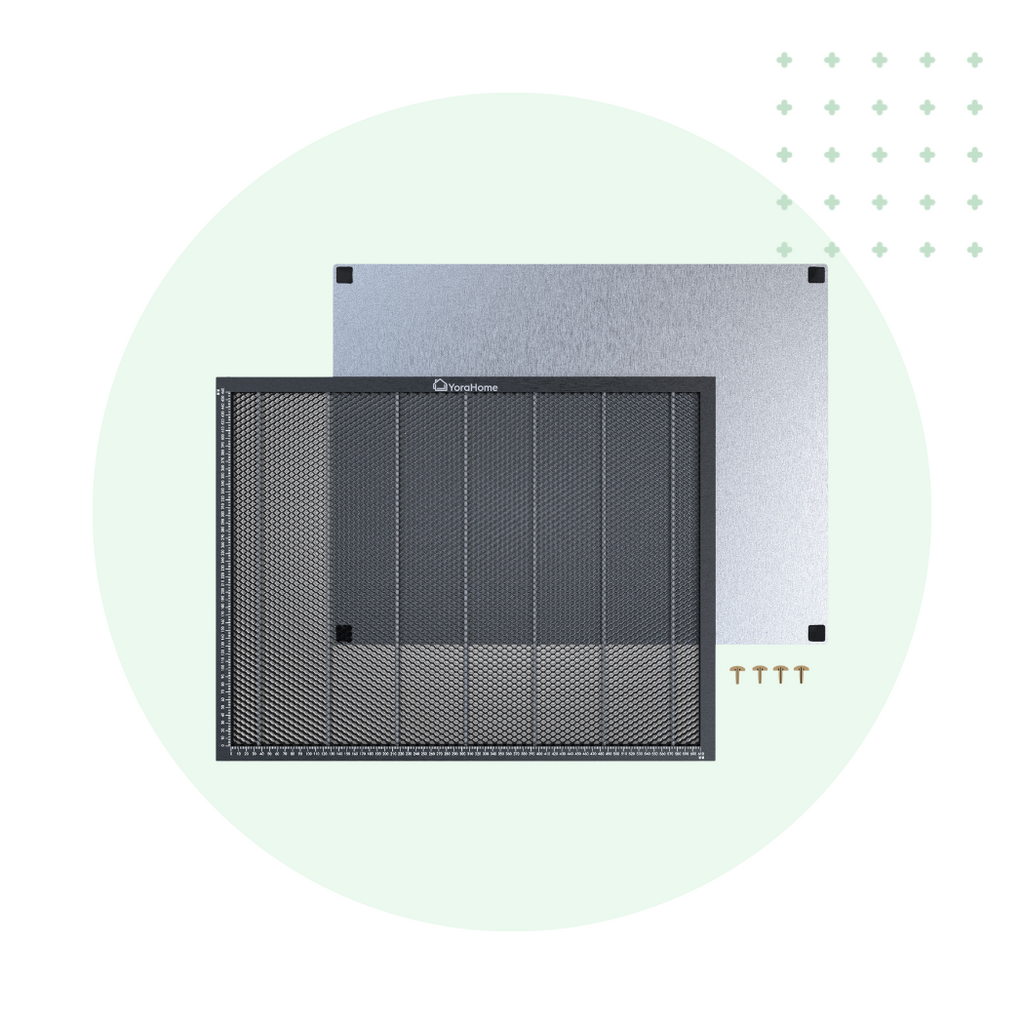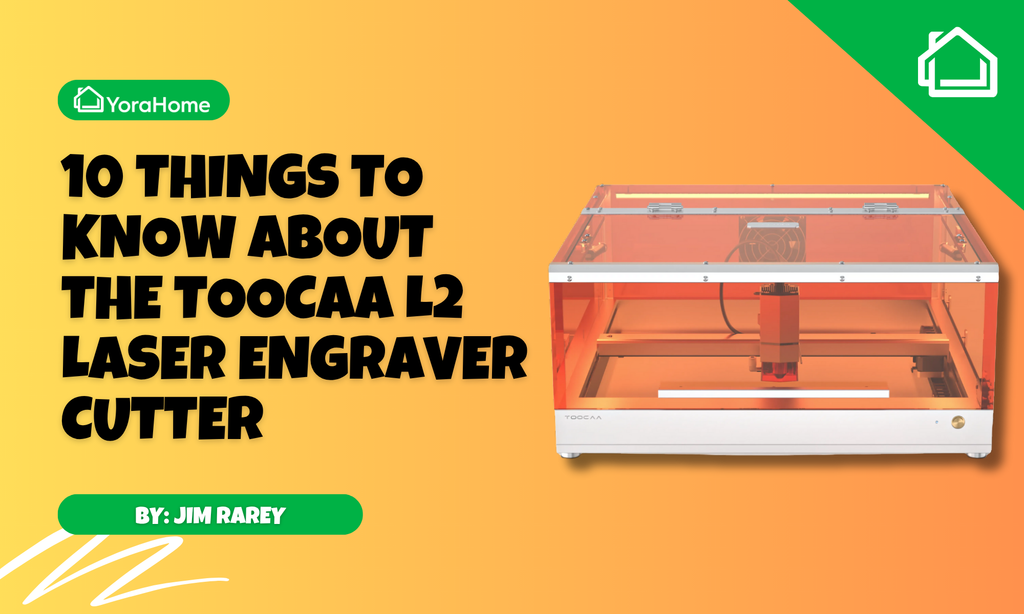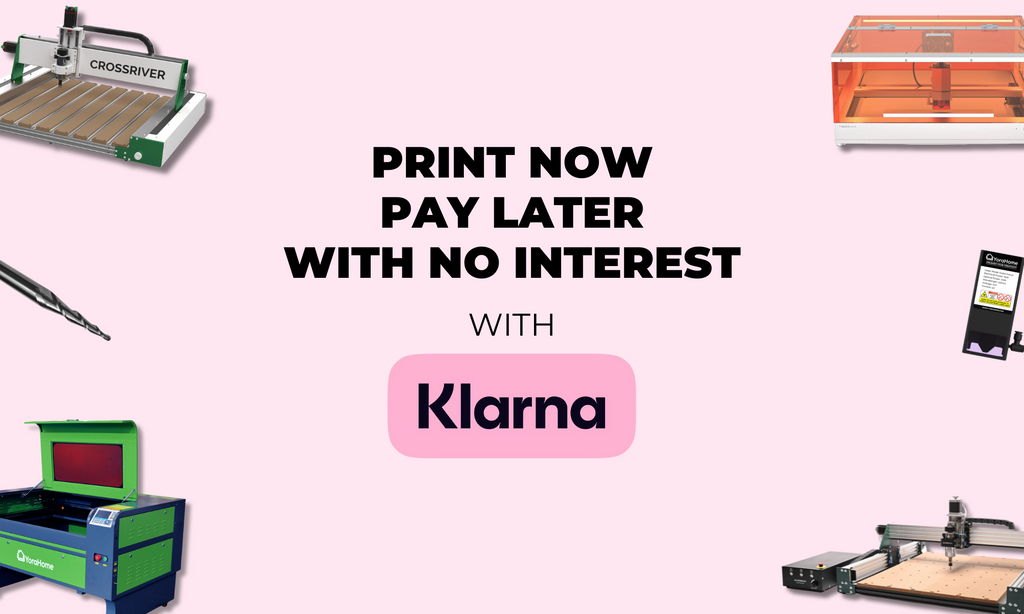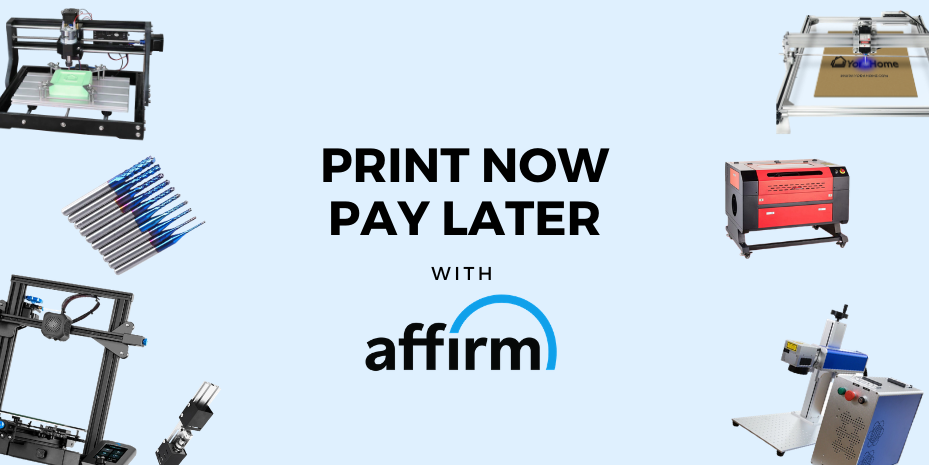Learning Your Way Around A CNC Machine (Part I)

This article will not turn you into a machinist, but it will give you enough information to learn more about CNC machines, and if they're right for your application.
So let's start demystifying this CNC thing!
1. What is a CNC
A CNC or Computer Numerical Control machine is a high precision tool that’s computer-controlled and makes repeated, accurate movements.
It does so by taking computer-generated code and converting it with software to electrical signals. The signals are what control the CNC motors and directs them to move in small increments that are highly precise and repetitive.
2. Parts of a CNC machine
The picture below shows the 3018-CNC Router from YoraHome. It has an opened work area that makes it easy to lay down pieces of material. The design is optimized for accuracy and ease of use.

Spindle
The spindle is the tool you are using to turn your end mills (bits) to carve.
X-Axis
Driven by the spindle, it moves left and right when looking at the machine from the front.
Y-Axis
If standing in front of the machine, the Y-axis driven by the table moves forward and backwards.
Z-Axis
The Z-axis carries the spindle too, and is responsible for raising and lowering your cutting tool to the correct height.
Controller

This is the brain or your CNC. The controller provides the link between your computer and your CNC machine. Most modern machines prefer connection via USB, so no special computer is required to connect to the controller.
3. CNC Software
To a lot of people, this is the scary part. With terms like CAD/CAM, G-Code, and machine control software, it's easy to get intimidated. FEAR NOT! Here's what each one means.
Machine Control Software


Think of the machine control software as the cock-pit of the CNC machine!
This is the software that allows you to operate your CNC machine. The machine control software gives you the ability to turn your machine on and off, load your G-Code, jog your machine, and set your job zero point.
CAD (Computer Aided Design)
CAD is where you turn your idea into a digital design. CAD is a software that allows you to draw on your computer.
This can be anything from a full blown parametric 3D modelling package like Solidworks, to something as simple as Adobe Illustrator or Microsoft Paint.
Don't let the word CAD scare you. All it means is 'a program to draw in'.
CAM (Computer Aided Manufacturing)
CAM is where you turn your CAD design into something your CNC machine can understand.
CAM is a software that lets you specify HOW your design is going to be made on your CNC machine.
Your CAM program will output G-Code. Like most terminology around CNC, CAM sounds scarier than it really is.
There are all-in-1 softwares today like Easel, with machine control software & CAD/CAM functionalities that are easy to use.
G-code
If French is 'the language of love', then G-Code is 'the language of industry'. G-code is a set of instructions for your machine that tell it things like where to go, how fast to move, to turn the spindle on and off, along with a host of other actions.
Although possible to do, You never have to write G-Code! 99% of people never even look at the G-Code file their CAM program produces.
We only bring it up so you know what people are talking about when they say 'G-Code' :)
That's it!
In part II, we will dive into talking about what End Mills or Bits are, and you will notice that they're not as scary as you think.
Get The Freshest Content
Straight To Your Inbox
Join over 3,000 creators who receive premium content, exclusive discounts, and all the must-know info on a weekly basis.
